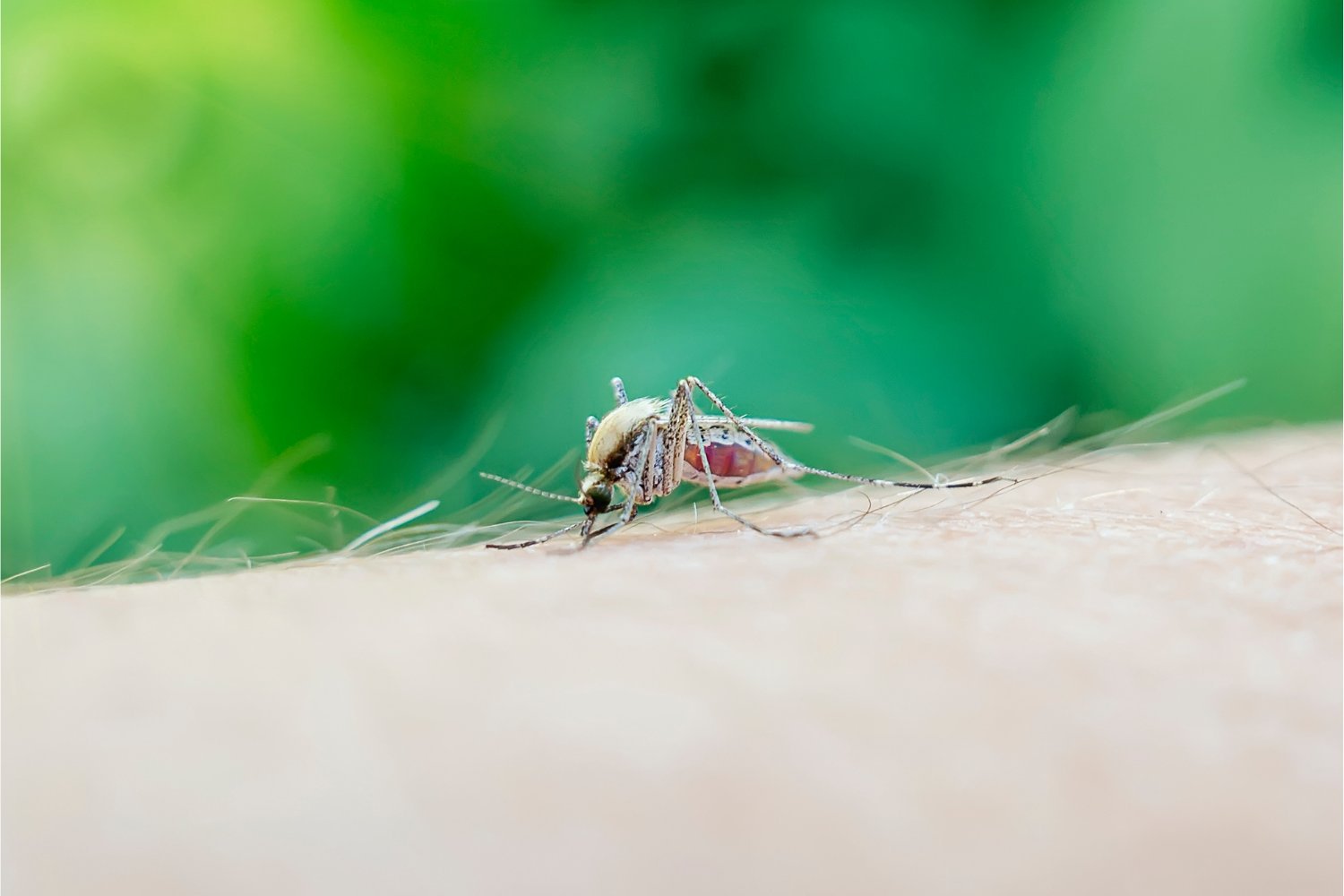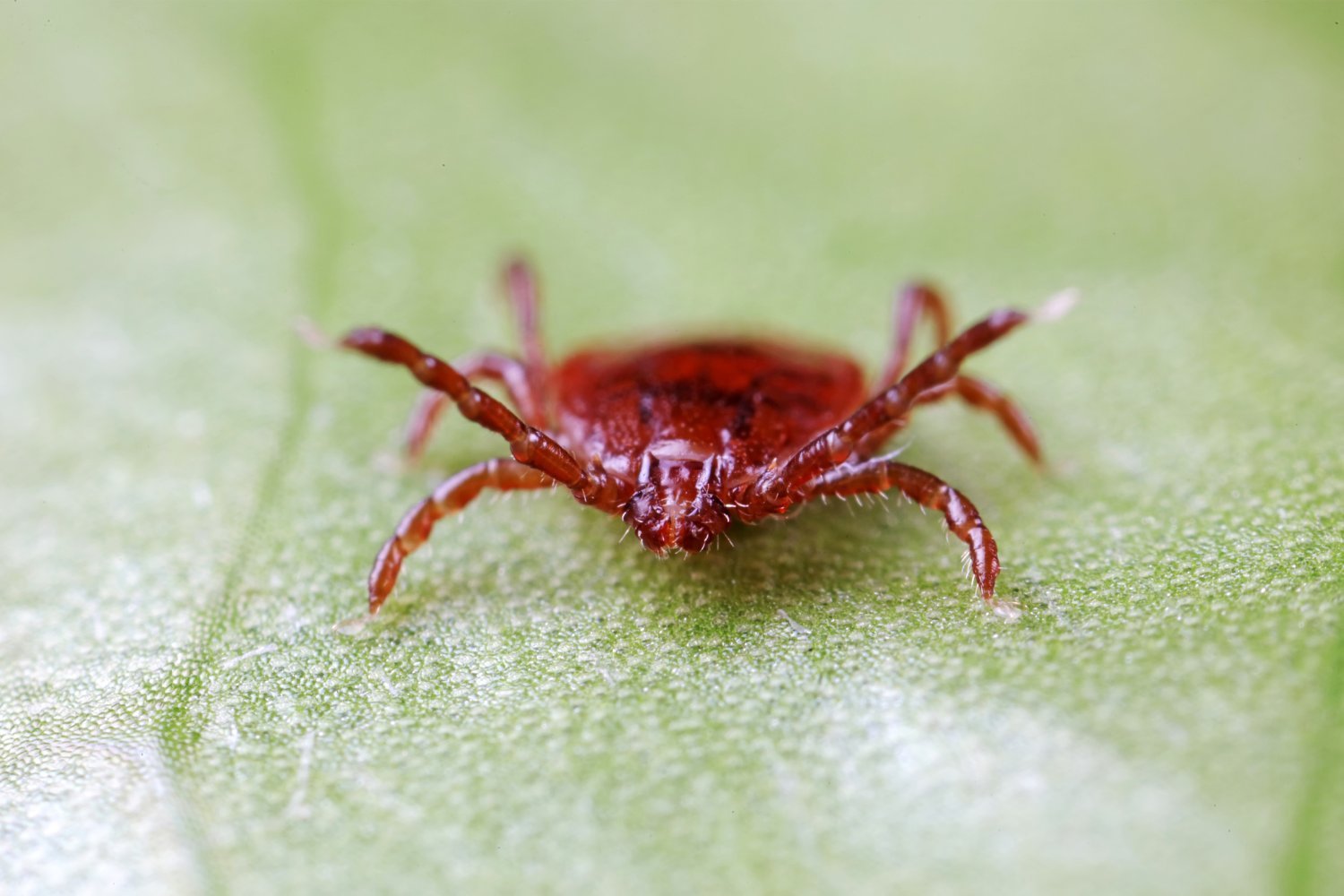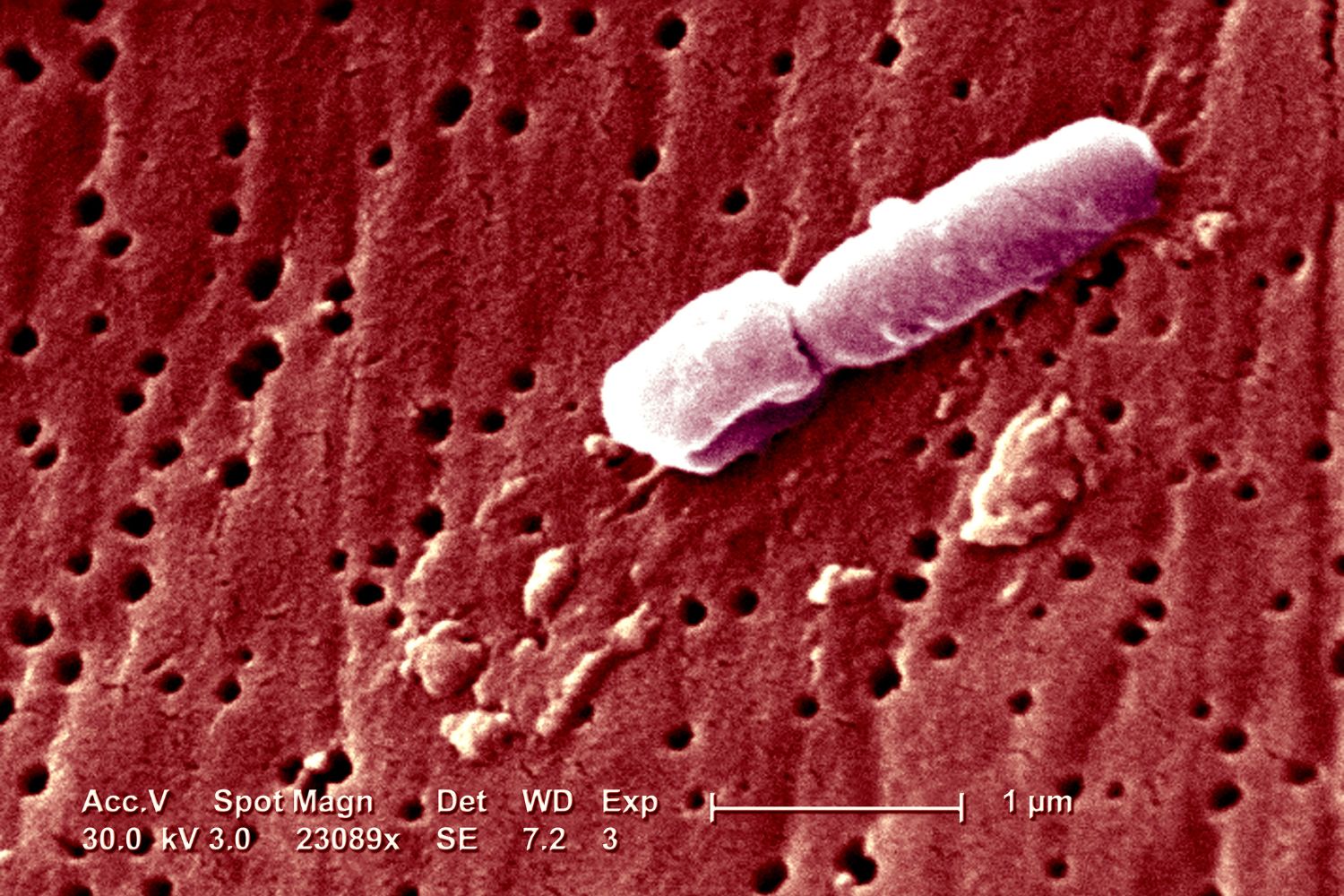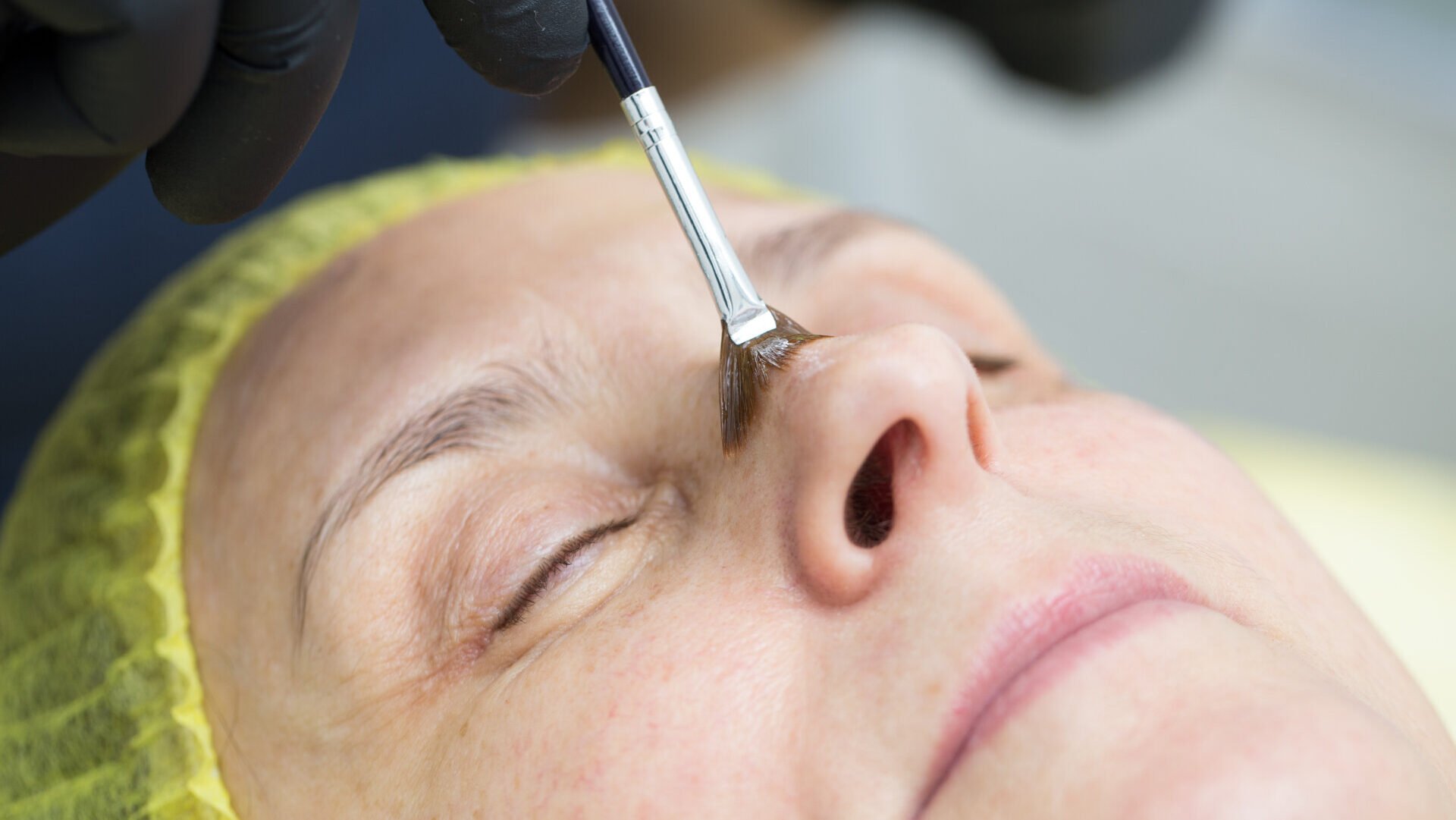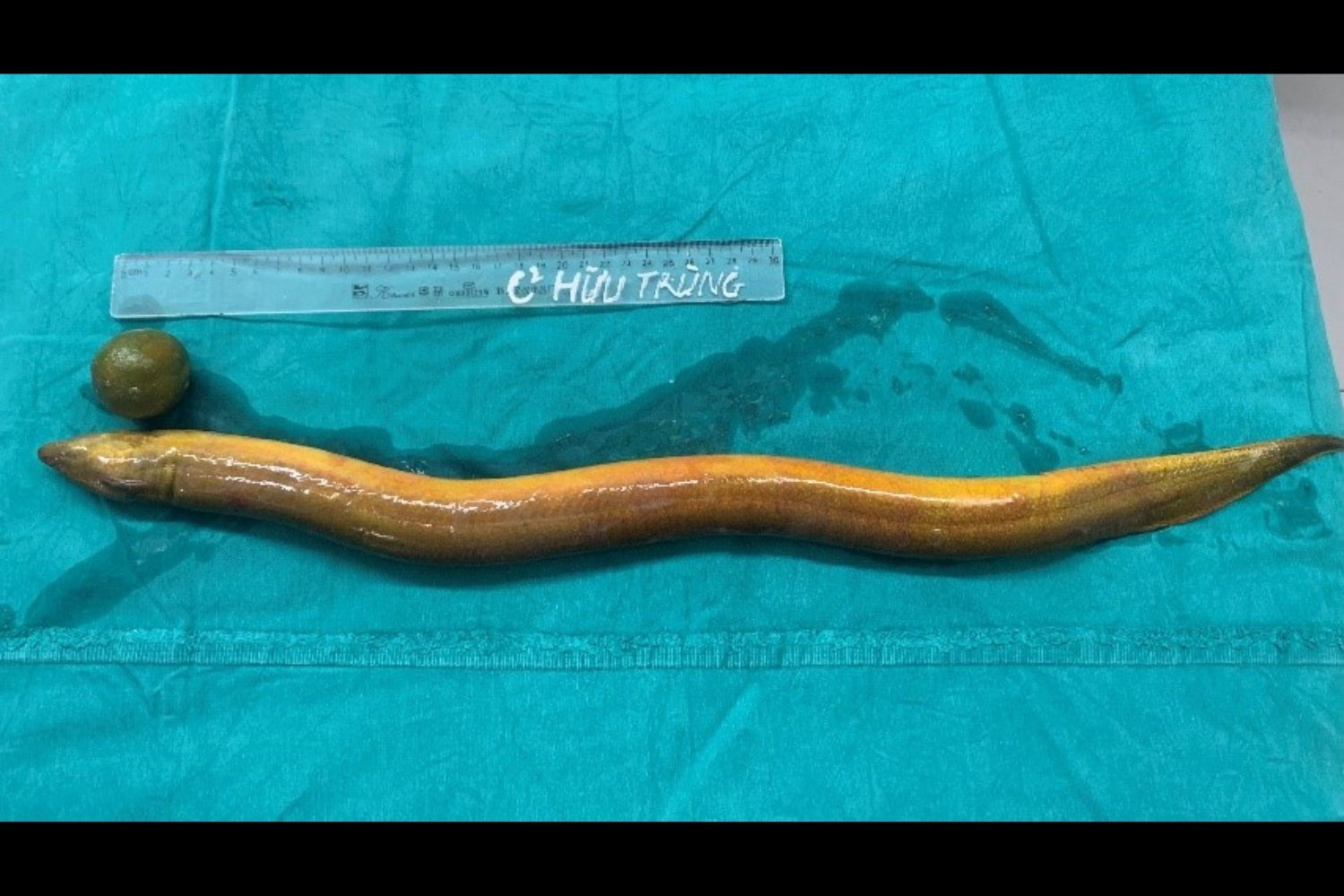The rare but dangerous mosquito-borne virus, Eastern Equine Encephalitis (EEE), has prompted a voluntary curfew in Oxford, Massachusetts, following the state’s first case since 2020. This precautionary measure highlights the ongoing concern surrounding mosquito-borne illnesses and the increasing need for public health interventions.
Understanding the EEE Virus and Its Transmission
Unlike prevalent mosquito-borne diseases such as malaria or dengue, EEE is not a constant human health threat. The virus typically circulates between Culiseta melanura mosquitoes and birds inhabiting freshwater hardwood swamps. Occasionally, these infected mosquitoes bite humans venturing near swamps, or people are bitten by other mosquito species that have recently fed on infected birds. Humans and horses are considered “dead-end” hosts, meaning the virus doesn’t replicate sufficiently in their bloodstream to be transmitted further by mosquitoes.
The Dangers of EEE and Recent Cases
While human EEE infections are infrequent, they pose a significant risk. The virus can invade the brain, leading to severe infections with a fatality rate of approximately one-third. Even survivors often experience persistent neurological complications. 2019 witnessed an unusually high number of EEE cases in the U.S., with 38 reported infections. The average annual number of cases is around 11, according to the Centers for Disease Control (CDC). This year has seen only four human cases and one fatality in New Hampshire, indicating a relatively milder season. However, one recent case in Worcester County, Massachusetts, involving a hospitalized man in his 80s, has prompted health officials to implement preventative measures.
Public Health Response and the Oxford Curfew
Following the Worcester County case, the Massachusetts Department of Public Health declared four towns in the county – Douglas, Oxford, Sutton, and Webster – to be at critical risk for EEE. Residents in these areas were advised to take precautions, including using insect repellent, wearing long-sleeved clothing, eliminating stagnant water sources near homes, and minimizing outdoor activity during dawn and dusk, when mosquitoes are most active.
Oxford, where the human case occurred, implemented a more stringent measure: a voluntary curfew. The Board of Health recommended ending outdoor activities at 6 p.m. through September and at 5 p.m. from October until the first hard frost. While voluntary for residents, the curfew applies to all town-sponsored events. Private businesses using town-owned lands for evening events will require insurance and assume legal liability.
Community Response and Justification for the Curfew
This isn’t the first instance of EEE-related curfews. Similar measures were enacted in several Massachusetts and Connecticut towns during the 2019 outbreak. However, the recent Oxford curfew has sparked greater public resistance. Around 200 residents attended a town hall meeting to discuss the measure, with some expressing strong disapproval, citing memories of Covid-related restrictions.
Despite the pushback, the Board of Health unanimously voted for the curfew. Health officials emphasized their responsibility to protect public health, citing the seriousness of EEE and the need to prevent further infections.
EEE in Context: A Look at the Future
While 2024 appears to be a relatively mild year for EEE, and it’s unlikely to reach the severity of other mosquito-borne illnesses like West Nile virus, scientists caution that climate change may contribute to increased incidence of insect-borne diseases, including EEE, in the U.S. Continued vigilance and proactive public health measures will be crucial in mitigating the risks associated with these evolving threats.



